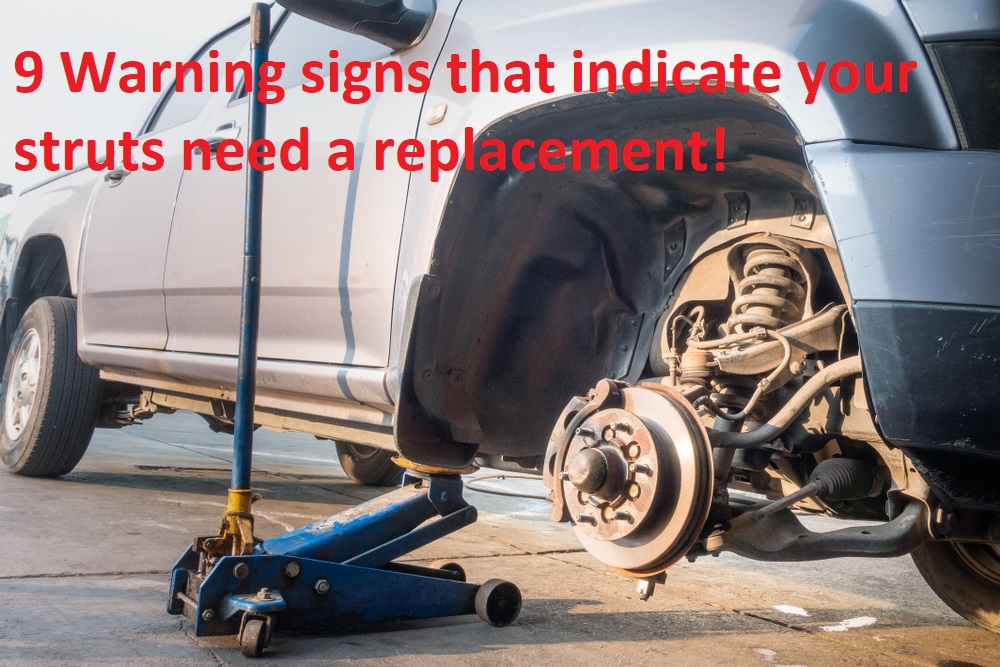Your automobile relies on a large number of different components to function correctly.
Will it still transport you from point A to point B if one of those pieces, such as a catalytic converter, is missing?
We’ve done our homework and extensively researched this topic, so you know if you can drive without a catalytic converter.
Can You Drive Without a Catalytic Converter?
Your automobile will still operate without a catalytic converter. However, driving without cat-con can severely influence your car in the long term, mainly the exhaust system. Not to mention that not having a catalytic converter may result in legal troubles and fines, depending on where you live.
As you probably already know, cars emit poisonous gases and fumes, known as emissions. Therefore, the emissions system contributes a great deal to air pollution.
With the regulations of The National Emission Standards Act – of 1965, all registered cars must be tested for output emissions as instructed by the act.
The United States Environmental Protection Agency, 1975, imposed much stricter requirements for emissions test. In response, automobile manufacturers started including catalytic converters as part of the exhaust manifold.
Removing a cat-con is illegal in most states, and non-compliance with the law could result in fines of up to $9,999. Whether your state tests for harmful emissions during the inspection or not, the only exception is if your car was manufactured before the Clean Air Act.
By law, these prohibitions are for the following reasons:
- If you drive without a cat-con, you’re disabling the emissions system, resulting in exposure to life-threatening gases in the air.
- When your exhaust system doesn’t comply with the emission standards, you pollute the ecosystem.
- Acid rain is another reason, as it drips into the Earth and contaminates the groundwater.
- Violation of the noise ordinance is another reason, as your car runs much louder without a cat-con.
So, if you want to comply with the law, you should have a functional cat-con installed on your car. Before moving further, let’s dig into the basics of a cat-con.
What is a Catalytic Converter?
In the mid of 1950s, a French mechanical engineer, Eugene Houdry, patented the first catalytic converter. Later on, a series of engineering experts developed its first-ever production in 1973.
It looks like a large metal box with two pipes – one connected to the engine and the other works as the tailpipe. There is a chamber in the center called a catalyst. A chemical reaction to change toxic pollutants into less harmful gases occurs in the chamber, then released into the air.
There are two types of catalysts operating inside, each having a specific job mentioned below:
- Reduction catalyst: This chamber is dedicated to removing oxygen from nitrogen oxides, breaking it into harmless gases like nitrogen and oxygen.
- Oxidation catalyst: This is where carbon monoxide changes into carbon dioxide by the reverse process of adding oxygen atoms into it.
If you’re still thinking of driving your car without a cat-con, here is something worse you might leap into.
Drawbacks from Driving Without a Catalytic Converter
It’s all fun until a cop stops and hands you over a fine of thousands of dollars…
But wait, the fine is not the only thing you should be worried about.
Here are some other cold, hard facts about the consequences of eliminating cat-con from your car.
Fuel Economy and Engine Performance
A catalytic converter uses precious metals like rhodium, platinum, and palladium as its catalyst. The purpose of a catalyst is to convert pollutants into less toxic byproducts like water vapor, carbon dioxide, and nitrogen gas.
A catalyst speeds up the chemical reactions between oxygen and pollutants in the air. When any change in the exhaust fumes occurs, ECU tries to handle the situation by changing the amount of fuel in the mixture in each chamber.
The more the amount of pollutant, the harder it gets for the ECU to remedy the situation. Removing the catalytic converter would eventually force the ECU to revert to a default fuel-to-air mix.
The overall gas mileage will increase by the out-of-range signals an ECU receives from the oxygen sensors. In response to the out-of-range signals, a check engine light is triggered, affecting the overall performance negatively. As a result, ECU limits the amount of power available until the rectification of the error.
Loud Exhaust
Eliminating the cat-con from the exhaust manifold would lead to the production of much louder and reverberating noises. Besides the muffler, a catalytic converter helps to muffle the exhaust sound.
Even if you drive with a bad cat-con would lead to many scratchy sounds coming out of your exhaust.
A cat-con makes the environment much bearable for the people around your car.
Although its primary purpose is to change poisonous gasses into less harmful byproducts, it also makes the car quieter.
Error Code and “Check Engine” Light
Finally, here is the answer to what a Check Engine light has to say about your car’s performance.
Post-cat oxygen sensors are dedicated to checking a catalytic converter’s effectiveness. The unfiltered exhaust fumes increase the number of hydrocarbons and carbon monoxide in the exhaust system.
When any change occurs, ECU receives a signal from the sensors to alter the fuel mix. A check engine light with an engine trouble code P0420 indicates a problem with the converter.
Air Pollution
As you already know, a catalytic converter is responsible for converting unfavorable gases into less hurtful elements. Hydrocarbons, carbon monoxide, and nitrogen oxide are the main pollutants a car engine produces during the combustion cycle.
Driving a car without a catalytic converter could direct exposure to these demeaning life agents into the air. Keep in mind that these life-threatening unfiltered gases rise into the atmosphere making it more adverse.
Unable to Pass Emission Test without a Catalytic Converter
Driving your car without passing an emission test is prohibited in most states. All vehicles driven on the road must comply with the standards of an ideal car emission system.
In The National Emission Standards Act, it was made mandatory for all cars to must have a catalytic converter.
Driving without a catalytic converter is a criminal offense because you intentionally disable the emission system.
Even if your state is not enforcing emission rules, it is still vulnerable to drive your car without it.
Tempering with your cat-con in a state having strict rules could cost you hefty fines.
How Long Can You Drive Without a Catalytic Converter – FAQs
Do all cars have catalytic converters?
Yes, all modern cars manufactured after 1974 are equipped with catalytic converters to reduce emissions from the exhaust pipe system. Therefore, its job is to change potentially harmful elements into lesser toxic byproducts.
What happens if someone steals your catalytic converter?
Once the cat-con is stolen, you might face problems like triggering the check engine light, sputtering sounds as you accelerate the car, reduced fuel economy, low performance, and many more.
Catalytic converter theft is much more common because of its precious metals. Also, immediately contact your insurance company because the policy should cover the costs.
Does removing the catalytic converter damage the engine?
No, it does not damage the engine. You can drive without a catalytic converter, which does not affect your car’s engine.
Unfortunately, driving without it could eventually lead to many dreadful situations, as it is a part of your car’s exhaust system.
Is it expensive to replace a catalytic converter?
The cost for catalytic converter replacement varies with the model of your car. The average cost for its replacement ranges from $944 to $2499.
However, a fake catalytic converter may cost you way less. Hence, you must consider the cost of diagnostics and other potential issues that might arise.
Lastly, what happens if you don’t replace your clogged catalytic converter? There are many drawbacks. Read the next article to find out!





